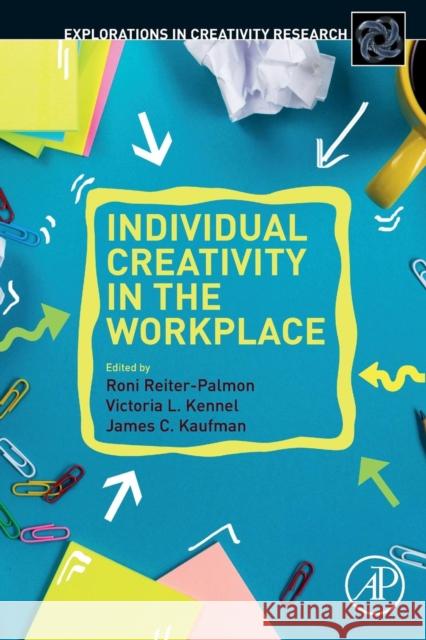Individual Creativity in the Workplace » książka
topmenu
Individual Creativity in the Workplace
ISBN-13: 9780128132388 / Angielski / Miękka / 2018 / 420 str.
Kategorie:
Kategorie BISAC:
Wydawca:
Academic Press
Seria wydawnicza:
Język:
Angielski
ISBN-13:
9780128132388
Rok wydania:
2018
Numer serii:
000772970
Ilość stron:
420
Waga:
0.56 kg
Wymiary:
22.91 x 15.19 x 2.18
Oprawa:
Miękka
Wolumenów:
01











